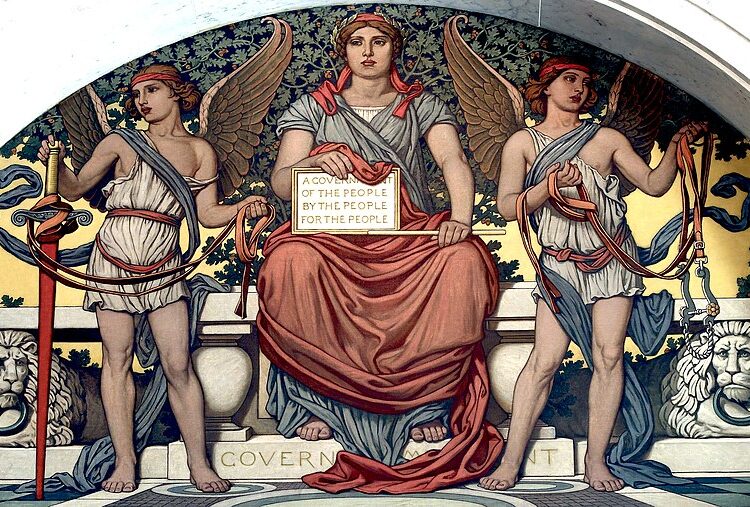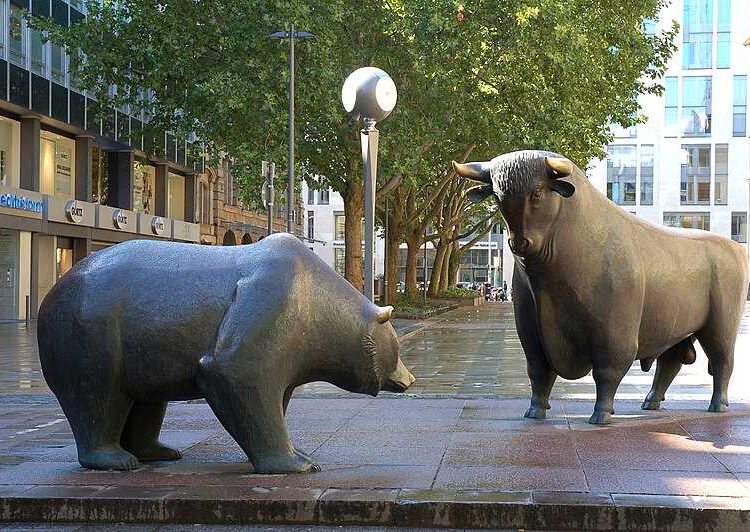Executives cautious about consumer demand and uncertain holiday season
- Clothing chains have had an easier time selling clothing through the summer without slashing prices
- Forecasts and commentary on consumer demand have been cautious and convoluted
- Retail chains remain reluctant to call any recent improvement in financials a trend
- Consumers are facing steeper prices for groceries and gas bills, impacting their savings
- Retailers may have to sell clothing at cheaper prices, leading to diminished financial benefits
- Discount clothing chains have seen foot traffic rise, while other retailers have seen a decline
- Executives have highlighted sweaters, fleeces, sequins, dresses, non-denim bottoms, and the color red as popular items
- Survey data shows mixed signals on consumer spending for the holiday season
- Retailers face challenges in growing sales and maintaining margins
- Non-essential retail is expected to be shaky in the coming months
Clothing chains have reported an easier time selling clothing without slashing prices, but forecasts and commentary on consumer demand remain cautious and convoluted. Retail chains are reluctant to call recent improvements in financials a trend, as consumers face steeper prices for groceries and gas bills. This may lead to a longer stretch of clothing being sold at discounted prices, diminishing financial benefits for retailers. Discount clothing chains have seen foot traffic rise, while other retailers have experienced a decline. Executives have highlighted popular items such as sweaters, fleeces, sequins, dresses, non-denim bottoms, and the color red. However, survey data on consumer spending for the holiday season shows mixed signals. Retailers are facing challenges in growing sales and maintaining margins, as non-essential retail is expected to be shaky in the coming months.
Factuality Level: 6
Factuality Justification: The article provides a mix of information and analysis on the current state of clothing sales and consumer demand. It includes data from surveys and analysts, as well as statements from executives of clothing retailers. While some information is supported by data and expert opinions, other statements are more speculative and subjective. Overall, the article presents a balanced view of the topic but lacks in-depth analysis and concrete evidence to support some claims.
Noise Level: 4
Noise Justification: The article provides some analysis of the current state of the clothing retail industry and the challenges it faces during the holiday season. However, it lacks in-depth analysis and relies heavily on quotes from analysts and executives. The article also includes some irrelevant information about other retail sectors and consumer spending in general.
Financial Relevance: Yes
Financial Markets Impacted: Clothing chains such as Gap Inc. and Urban Outfitters
Presence Of Extreme Event: No
Nature Of Extreme Event: No
Impact Rating Of The Extreme Event: No
Rating Justification: The article discusses the current state of clothing sales and the cautious outlook for the holiday season. While clothing chains have seen an improvement in sales without aggressive price slashing, there is broader unease due to higher prices for groceries and gas bills, student loan payments, and rising borrowing costs. This could lead to a longer stretch of clothing being sold at discounted prices, impacting the financial benefits for retailers. The article does not mention any extreme events.
Public Companies: Gap Inc. (GPS), Urban Outfitters (URBN), Target Corp. (TGT), Walmart Inc. (WMT), T.J. Maxx (TJX), Marshalls (TJX), Burlington Stores Inc. (BURL), Abercrombie & Fitch Co. (ANF), Ross Stores (ROST), Home Depot Inc. (HD), Sleep Number Corp. (SNBR)
Key People: John Kernan (TD Cowen analyst), Nikki Baird (Vice President of Strategy at Aptos), Tom Nikic (Wedbush analyst), Matt Pavich (Senior Director at Revionics)
Reported publicly:
 www.marketwatch.com
www.marketwatch.com 





